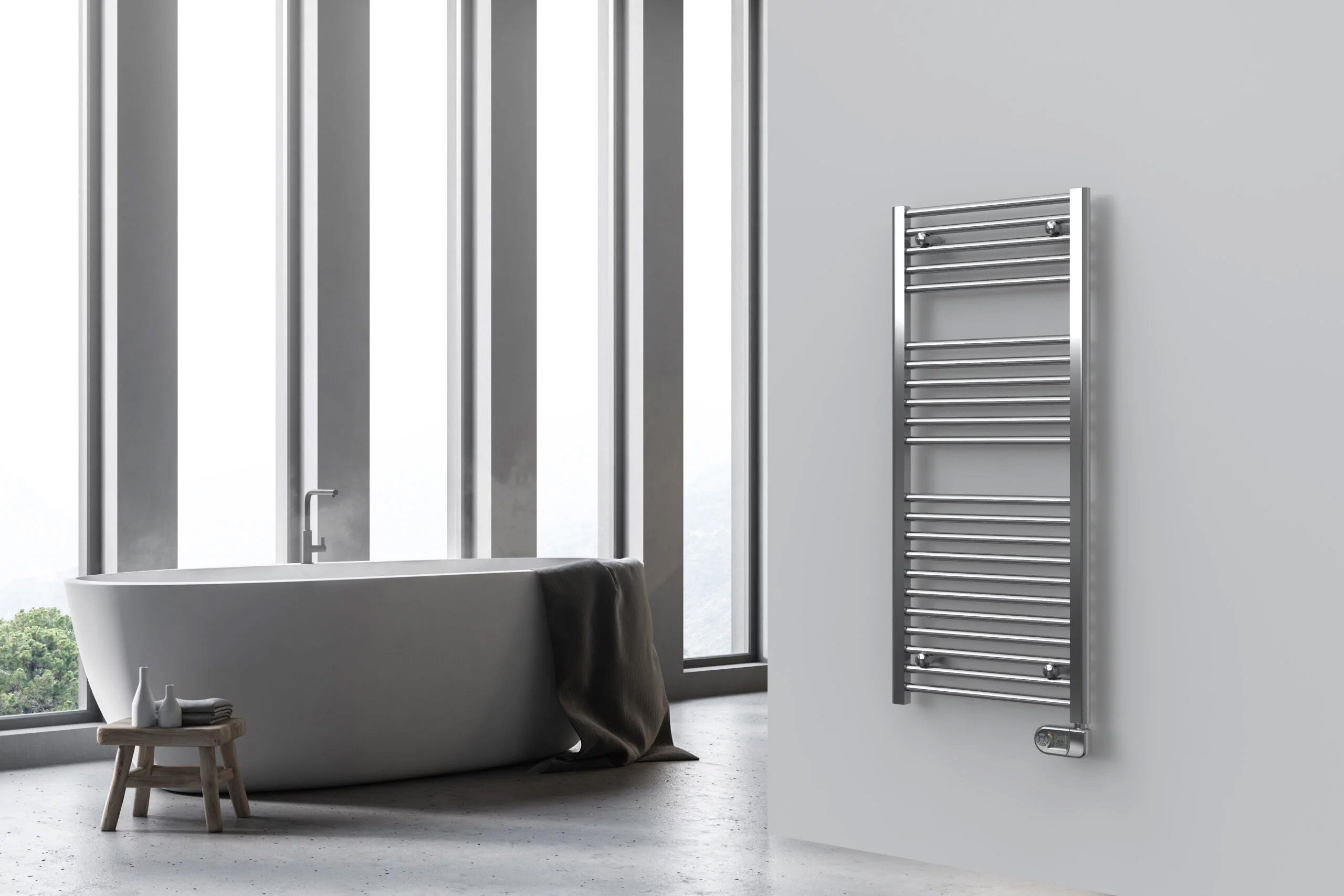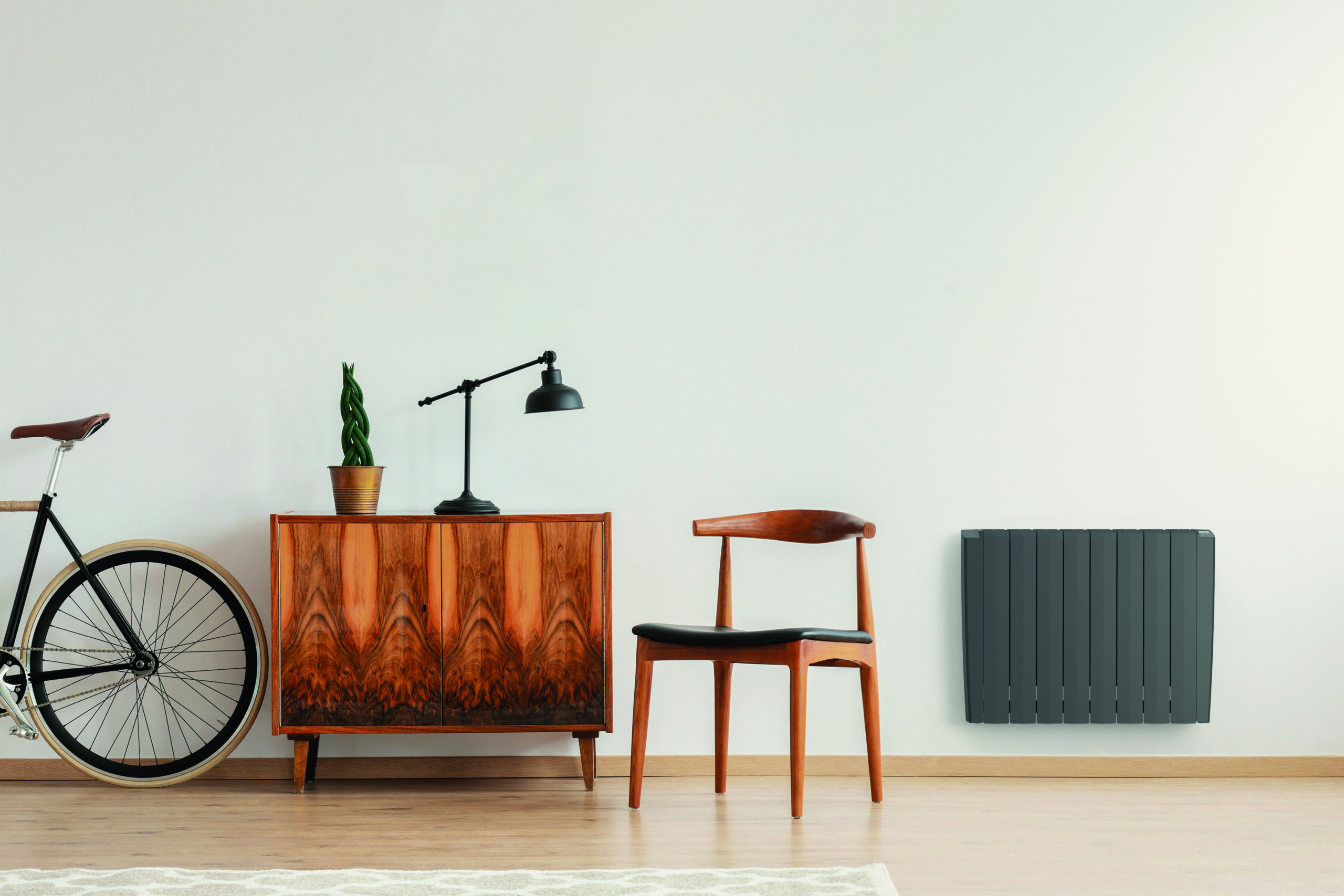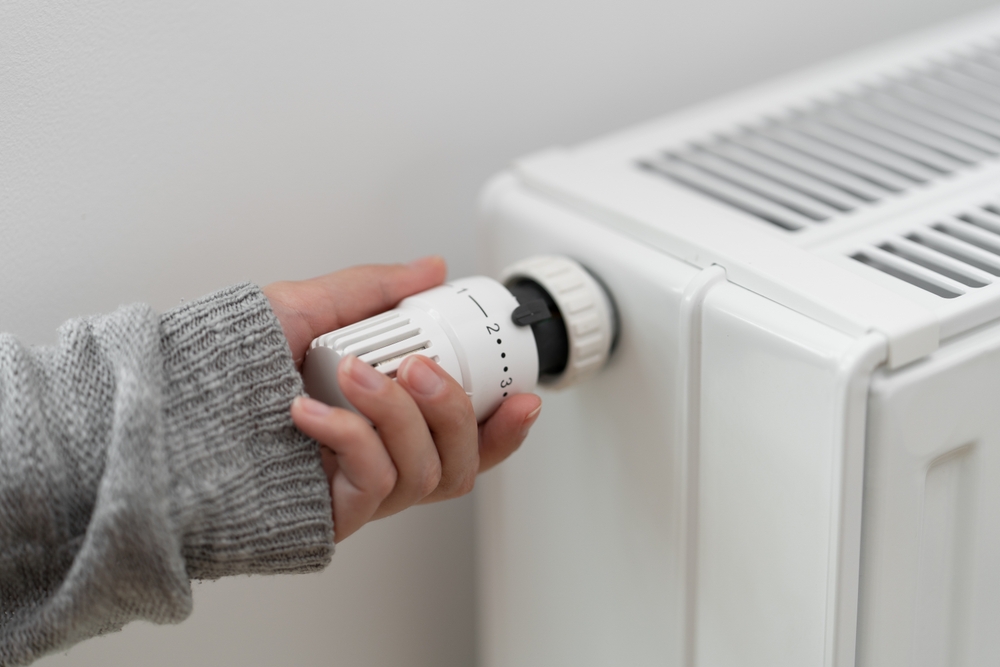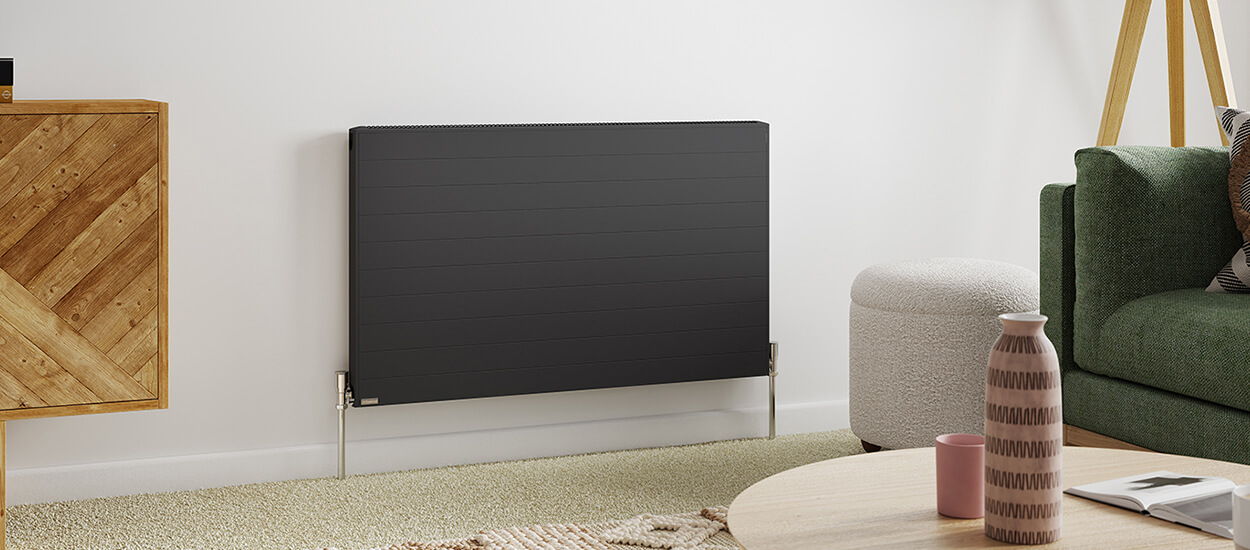Capping off a radiator is an essential step when removing your radiator from the wall as it prevents water from your boiler from leaking onto your floors. This can be done temporarily with the help of plastic caps, however, if you’re removing your radiator permanently you will need the help of a professionally trained plumber to remove, alter and cap the pipework. Read on to find out exactly how to cap off a radiator that you are removing permanently and the purposes of a radiator cap.
What Does Capping Off a Radiator Mean?
Capping off a radiator essentially means stopping the hot water from your boiler from leaking out onto your floors after removing your radiator from the wall. This can be done temporarily if changing your radiator, bleeding your radiator or flushing your radiator, or you can permanently cap off a radiator if going in a different direction with your heating solutions. However, if capping off a radiator permanently, you should always call a plumber. Here’s how to cap off a radiator whether you own a column radiator, standard radiator or one our designer radiators.
Purposes of a Radiator Cap
A radiator cap keeps the cooling system pressure which raises the boiling point. Generally, for every pound of pressure in a closed cooling system, you should raise the boiling point by three degrees. At sea level, water boils at 212 degrees, so by adding 16 pounds of pressure to the radiator system, it will raise the boiling point by 260 degrees which will guard against any boil-off of coolants.
Radiator caps also help when coolant heats up as it expands and increases in volume. This then creates more pressure in the cooling system. When the cooling system reaches the caps rated pressure, the pressure spring compresses which allows coolant to flow into the reservoir tank. This process allows for the expansion of coolant whilst keeping the cooling system at the proper operating pressure.
Radiator caps seal the cooling system which stops any air from entering the system. Air is an enemy to all cooling systems and you can’t sustain a proper operating temperature if there is air in the cooling system. This will result in overheating
The radiator cap also has a vacuum valve that allows coolant to flow from the reservoir tank to the radiator whilst it cools down. When the coolant temperature drops, the coolant will contract to create a vacuum. Then, the vacuum opens and draws in coolant from the reservoir tank back into the radiator bringing it to the proper level.
Although an inexpensive part of your radiator, the radiator cap is mostly overlooked and can cause the issues above.
Permanently Capping Off a Radiator When Removing Radiator
Permanently removing a radiator from your home is something that can be done by yourself; however, you will need to enlist the help of a plumber to alter any pipework to ensure the process runs as smoothly as possible. Capping off a radiator is a complex job for a professional plumber but shouldn’t take too long if you’ve already done the prep work beforehand which includes removing the radiator.
Step 1: Turn Off Your Heating
Turning your heating off is essential when carrying out any maintenance on your radiator, including removing it. It’s purely a health and safety measure as it prevents you from getting burnt.
Step 2: Isolate the Radiator
Isolate your radiator by permanently removing it from the rest of the system. You are able to do this by closing the valves at each end of the unit. At one end you should have the valve used to control water flow or a TRV to control the temperature. At the other end, there should be another valve located under a plastic cap (the lockshield valve). You will need your lockshield valve key to turn this off.
Step 3: Drain the Radiator
Next, get a bucket or bowl and drain the water from inside the radiator. Place drip trays under each end of the radiator and use your grips on the valve so that when you try to crack the union nut, the valve doesn’t bend or break. Once you have a good grip, undo the union nut attached to the pipework. The radiator should drain freely. Whilst it is draining, use the bleed valve key to open the bleed valve which will help the water drain faster.
Step 4: Loosen the Other End
Once the radiator has fully drained, you can move on to loosening the union nut at the other end. You can do this in the same way by gripping the valve to hold it in place and undoing the union nut with your spanner. Make sure your drip trays are in place to catch any water coming from that end. Lift the other end of the radiator to help drain any remaining water.
Step 5: Remove the Radiator from The Wall
You can now remove your radiator from the wall. They are usually held on by brackets located at the back of the radiator; with help, you should be able to lift the radiator straight off and place it outside or on some old towels.
Next, remove the brackets with a screwdriver and then call a professional to help with the pipework.
Step 6: Capping Off the Radiator
Next, your plumber should be able to come and cap off the radiator and remove or alter any pipework in your home. A trained plumber will also be able to come and deal with your pipework ensuring there are no ‘dead legs’ in the pipe system.
Takeaway
Removing a radiator permanently can be done yourself, however, it’s a good idea to enlist the help of a family member or friend to help save you some money. However, you will need a professionally trained plumber to help with removing, altering and capping pipework. So, although you can learn how to cap off a radiator, it’s best to leave it to the experts!
 Next Day Delivery£18 For Next Day Delivery On All Products*When ordered before 2pm.*T&Cs apply
Next Day Delivery£18 For Next Day Delivery On All Products*When ordered before 2pm.*T&Cs apply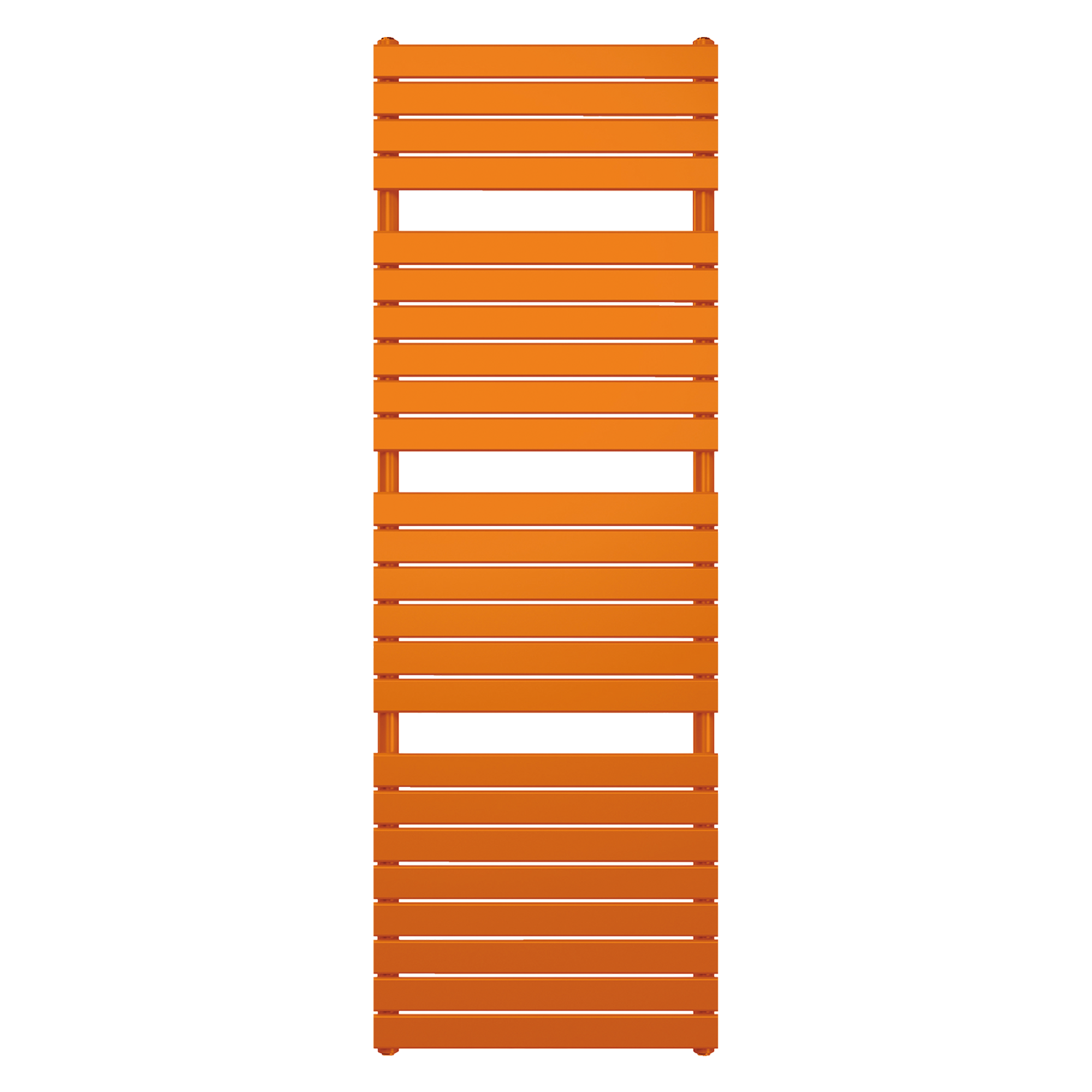 HOME SERIESConcord Rail Coloured
HOME SERIESConcord Rail Coloured

